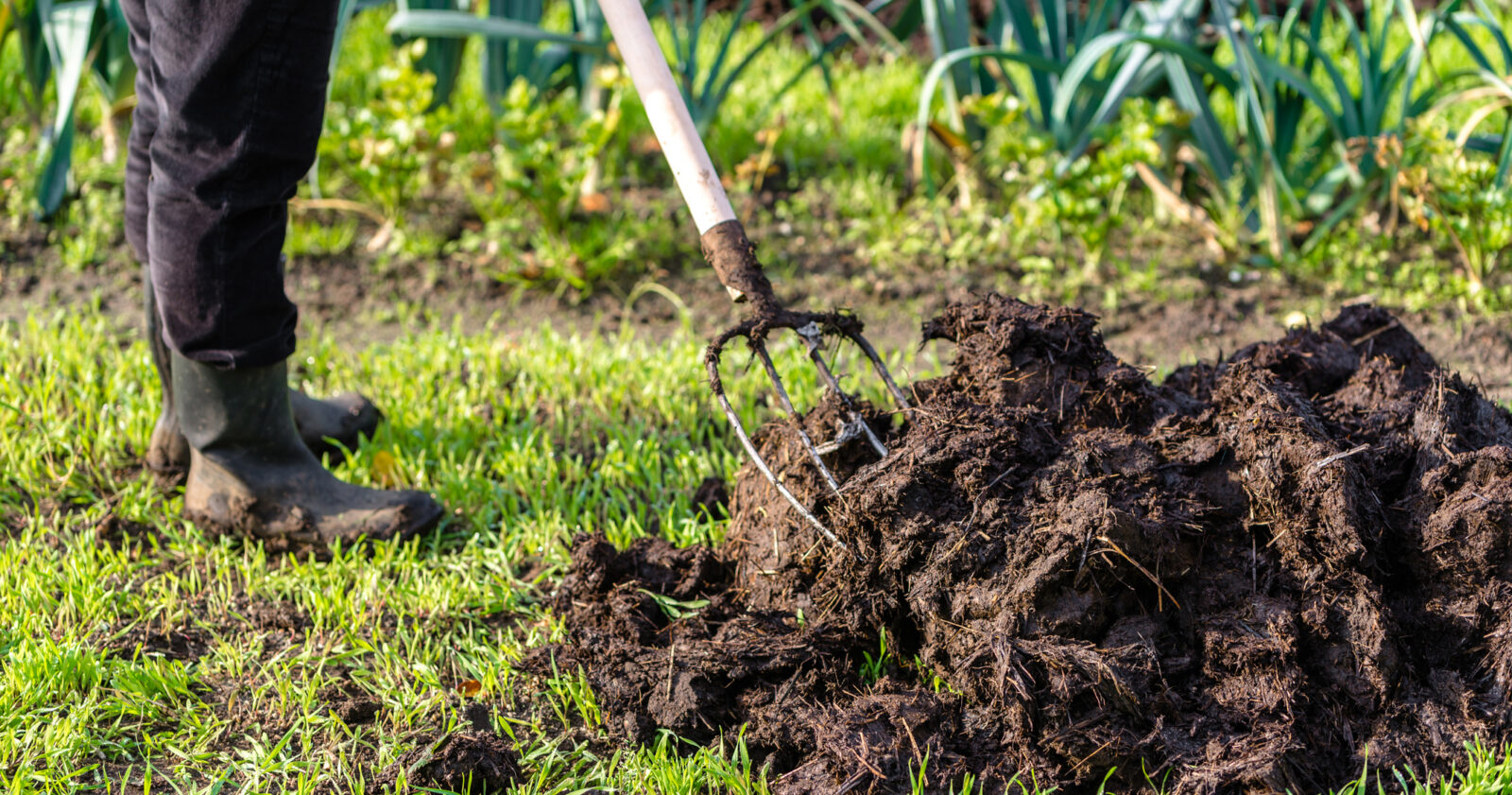
As autumn arrives and temperatures begin to drop, it’s essential to begin getting your gardens ready for the winter season. Although it may appear that there’s little happening in your yard as the weather cools down, the soil remains active until it freezes.
This is particularly true for newly planted trees and shrubs, perennial divisions, and hardy spring bulbs, which are all actively growing roots to establish themselves in the soil. Earthworms and soil microbes also continue to work, breaking down organic matter into essential nutrients for plants.
While nature has its mechanisms for dealing with the colder months, you can take a few steps to assist your plants in preparing for winter.

Pruning is necessary to maintain your plant’s desired shape and size. However, the type of pruning you should do in winter depends on your climate zone.
If you live in a frost-prone area, it’s best not to prune anything that will reshoot quickly because new growth may be damaged by frost.
Also, if a plant is set to flower in winter or spring, apart from roses, pruning now will reduce the flowering display for this year. Specimen plants and hedges can be heavily pruned or lightly clipped, and each tip that is cut off will produce at least two new side shoots, improving the density of the foliage of plants grown for screening.
On many shrubs, the tips include the remaining stems of last season’s flowerheads, so it’s best to cut them off to encourage new buds. With roses, this may induce a late autumn flush of flowers, depending on the climate. Remove any damaged or diseased material from hedges, tip-prune to eliminate the affected leaves, and then rake up and dispose of the clippings.
Climbers tend to throw out sprawling shoots during summer, so pruning these back will encourage bushiness, and then tie or train the remainder back. Since many climbers flower on new growth tips, this pruning also ensures a full flush of flowers next season.

Testing the pH level of the soil will help you figure out if you need to take action before planting anything new. Most plants grow best with a slightly acidic to neutral pH level – around 6.0 to 7.0. Read up on the plants you’ve chosen, and check to see if they need a more acidic or alkaline environment to thrive.
If you’re a novice gardener balking at the idea of running a test like this, don’t worry – you can pick up an easy and inexpensive soil pH test kit from your local hardware or gardening store. Most tests will come with simple-to-read graphs to tell you what the problem is and how to fix it.

Mulching is the simplest, most effective, and most sustainable way to improve your garden. You can use either organic mulch, like leaf litter, or inorganic mulch, such as pebbles, and enjoy a wide range of benefits. Mulch helps the soil retain moisture, protects it from extreme temperature changes, and suppresses weeds.
During this time of year, your garden may require a top-up of mulch. The ideal time to mulch is after feeding, especially with organic matter since the mulch helps to suppress the odour.
To calculate the amount of mulch you need, multiply the square meters you want to cover. One cubic meter of mulch will cover 20 square meters when spread 50mm deep, which is the recommended thickness.
Before applying the mulch, water the soil thoroughly or apply it after a rainy day. Spread any fertilisers first and, if additional weed suppression is necessary, lay a weed mat or old newspaper to five sheets thick.
Spread the mulch to a thickness of 50mm, keeping it clear of trunks, as contact can lead to fungal or rot development in the trunk or stem. Finally, cover all exposed soil and water the mulch well.

To prepare the soil for planting, it’s important to condition it with either mushroom compost or cow manure. Lightly dig the compost or manure into the soil and rake it to ensure it’s crumbly, level, and smooth. As the conditioner breaks down, it supplies the soil with valuable organic matter that benefits the plants.
Using conditioners also promotes the growth of earthworms that break down root mats and create tunnels for water and oxygen to penetrate the soil. The roots of plants extract nutrition from the nitrate-rich mucus that coats these tunnels.
Seaweed products are also effective soil conditioners. Despite being commonly mistaken for a fertiliser, liquid seaweed promotes beneficial micro-organisms in the soil, which ultimately enhances the plant’s health.

While you’re at it, you might want to consider giving your lawn a fresh lease of life.
Enhance the drainage and allow winter rains to reach the roots by aerating your grass. Over time, the turf may become compacted, and one simple solution is to make deep holes across your entire lawn using the prongs of a garden fork, which can be purchased online second-hand if you don’t own one.
It’s also important to give your lawn a good feed after aerating to promote establishment before the next summer season. This will ensure that the nutrients are evenly distributed within the soil, contributing to a luscious and healthy lawn.